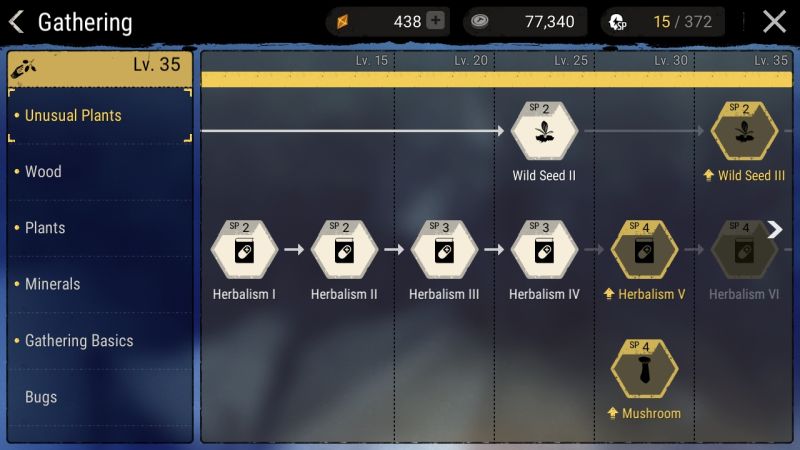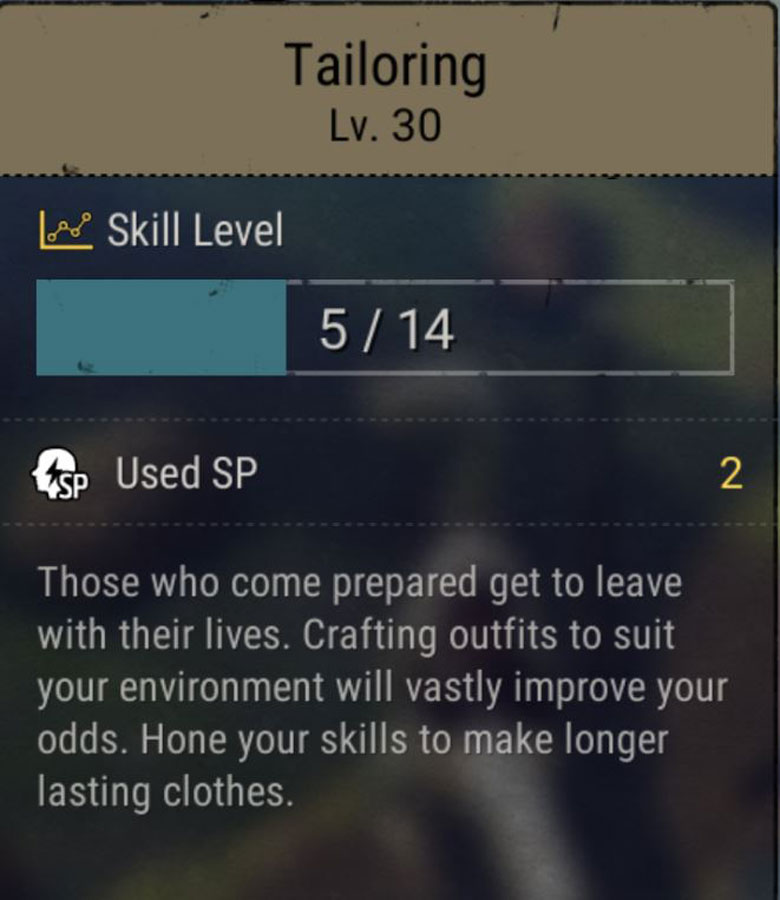
At any moment, you can pick berries from the ground, chop down trees, interact with other characters, build shelter, or of course, fight against an enemy.
DURANGO WILD LANDS RANGED GUIDE FULL
This is an enormous video game where you can move around gigantic sceneries full of details.

The first thing that stands out in Durango is its impressive settings.

In this primitive world, you have to build tools, hunt dinosaurs, collect herbs, cook, and more. We commit to learning more about the Indigenous peoples in each of the areas where our Broadband chapters are working for conservation, and pledge our time and resources to serve the causes of healing from trauma while advancing Tribal sovereignty and self-determination, and working for equity and representation at every table where decisions are made about the management of all the lands of this continent, all of which are Native homelands.Durango is an MMORPG where you play one of the survivors of a strange incident that has transported tons of normal people to an unknown world teeming with dinosaurs. We know that this land acknowledgment is but a small, first step towards reconciling our histories. We acknowledge the lives and histories of these Indigenous peoples, along with those of the citizens of more than 200 Tribal Nations now living in Colorado, and we recognize the heinous injustice of European settlers who exploited and expropriated Indigenous peoples and resources. In addition, the Ute Museum in Montrose, adds to Colorado’s history with stories of all Ute peoples across all three federally recognized Ute Tribes. In Ignacio, the Southern Ute Museum adds richness to the culture of the region. Near Towaoc, the Ute Tribal Park allows visitation with a guide to deepen awareness of Indigenous heritage. Today, the three Tribes recognized by the federal government in Colorado are the Ute Mountain Ute Tribe, headquartered in Towaoc (the Ute word for “thank you”), Southern Ute Tribe, headquartered in Ignacio (named for Chief Ignacio), and the Northern Ute Tribe in Utah. The Moache and Capote bands remained on the Southern Ute Reservation, and despite the further erosion to their homeland when European settlement was permitted on lands not allotted, they have used their sovereignty and western systems to become one of the most prosperous Tribes in America. We acknowledge that Mesa Verde National Park was excised from Ute Mountain Ute lands, stolen without consent or compensation by the federal government in 1906. When the Weenuche band refused allotment in 1895 (a tactic intended to assign individual parcels of land to individual people in an attempt to destroy the traditional collective ownership of lands), Chief Ignacio led the Weeminuche to the west, to what is now known as the Ute Mountain Ute Reservation. Some Ute bands were forced to the Uintah Basin in what is now known as Utah, and the Moache, Capote, and Weeminuche bands were forcibly relocated to a strip of land 15 miles wide and 110 miles long south of Durango.
DURANGO WILD LANDS RANGED GUIDE SERIES
A series of Treaties in the 1800s dispossessed Ute people of nearly the entire landmass of what is now known as Colorado. When elimination of the Ute people failed, a campaign of forced assimilation followed.

The doctrine of manifest destiny, coupled with the Colorado gold rush of 1858, began a campaign of genocide and forced dispossession of Indigenous people from their lands and their cultures. Their history begins here, and it has been so since time immemorial.īy the time Spanish explorers arrived in the southwest in the late 16th century, there were a multiplicity of Tribes in the area including a host of Pueblos, the Cheyenne, Arapaho, Apache, Shoshone, Comanche, Kiowa, and Diné (Navajo). Nuche (anglicized to “Yuta,” then “Ute”) peoples, particularly the Weeminuche Band (“the old ones”) have no migration story. The places they lived and the structures they built are not considered abandoned, and people continue to return to these places today, greeting their relatives who still inhabit this living cultural landscape. These lands are the ancestral homelands of contemporary Hopi and Pueblo peoples, who lived, worked, and prospered here before moving forward in their long migration to their present-day homes in what is now known as New Mexico and Arizona. The national office of Great Old Broads for Wilderness in Durango, Colorado acknowledges that our sustenance and prosperity is derived from lands from which Native peoples, who have been caretakers of these lands for hundreds of generations, were forcibly removed. We recognize further changes may be needed, and we welcome feedback. We see this land acknowledgement as a living document that will become more robust as we continue on our path of learning.


 0 kommentar(er)
0 kommentar(er)
